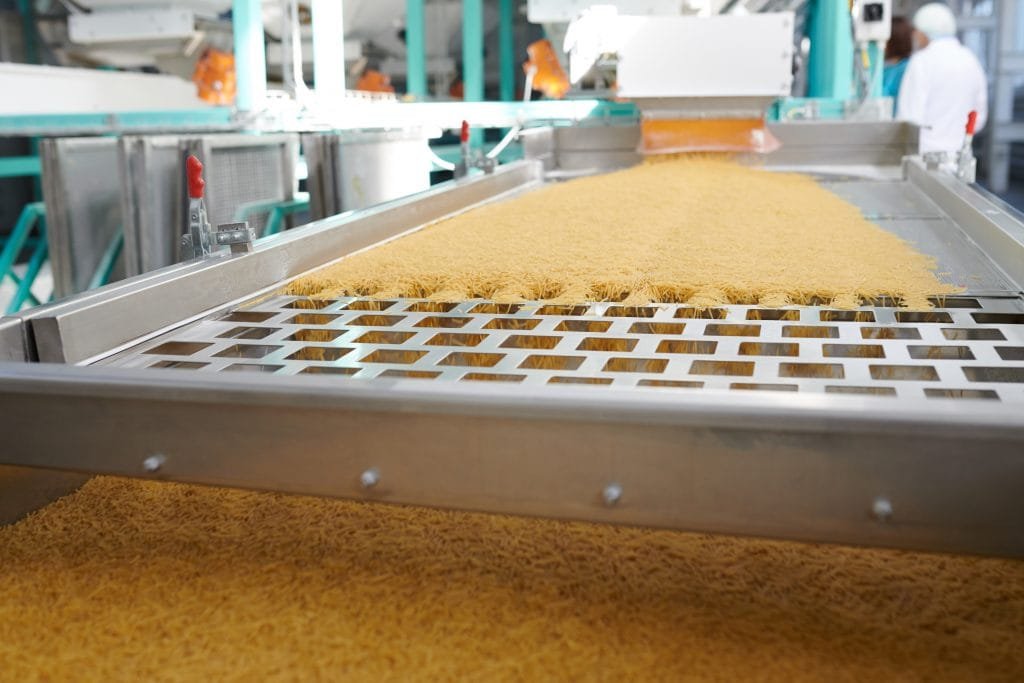Stainless steel is made up of a combination of alloys, importantly chromium, molybdenum, and nickel.
Seventy percent of global nickel production is used in the manufacture of stainless steel. The nickel alloy component in stainless steel (in addition to chromium) provides resistance to corrosion, mechanical damage, and fatigue while giving high-temperature strength. This makes stainless steel, highly versatile across diverse industries (see list below). Stainless steel grades contain nickel for example 304 (8%) and 316 (11%), as a result, 316 grade is the standard for hygiene environments.
At Nijen we work closely with many food manufacturing, dairy, and farming clients. Stainless steel grade 316 provides excellent hygiene capabilities in addition to superb versatility, durability, anti-corrosion, and easy cleaning. Famous example of durability in construction industry in the last century are shown in the image below.
The benefits of nickel
- Combine it with stainless steel and it becomes highly recyclable
- Nickel is a high-value product and encourages recycling
- Stainless steel production requires 33% less energy (less CO2) to produce because of recycling
- Stainless steel is highly durable resulting in less available scrap
- Corrosion protection
- Ease of cleaning and excellent hygiene
- Temperature resistance
- Easy welding and soldering (and other joining methods)
- Improved energy efficiency: retains heat and keeps cold out
- Responsible production processes in the value chain
